Description
Kaolin Clay: A Gentle Giant with a World of Uses
Kaolin clay, often recognized by its soft, white color and silky texture, is more than just a pretty face. This naturally occurring hydrated aluminum silicate mineral boasts a surprising range of applications, from soothing irritated skin to forming the glossy pages of your favorite magazine. Its mildness and absorbent properties make it a versatile ingredient in various industries, making it a household name in some circles, even if the average person doesn’t immediately recognize the name.
What is Kaolin Clay, Exactly?
Formed over millions of years by the weathering of aluminum-rich rocks like granite, feldspar, and volcanic ash, kaolin clay is primarily composed of the mineral kaolinite. Its chemical formula, Al₂Si₂O₅(OH)₄, hints at its composition: aluminum, silicon, oxygen, and hydrogen. The size and shape of the kaolinite crystals contribute to the clay’s unique properties, influencing its absorbency, plasticity, and slip.
A Versatile Tool Across Industries
The uses of kaolin clay are remarkably diverse, spanning across numerous sectors:
- Cosmetics and Skincare: This is where kaolin often shines. Its gentle nature makes it suitable for even sensitive skin. It effectively absorbs excess oil, unclogs pores, and removes impurities without stripping the skin of its natural moisture. You’ll find it in face masks, cleansers, powders, and even toothpastes. Its gentle exfoliation also contributes to a brighter, smoother complexion.
- Paper Manufacturing: Kaolin is a critical ingredient in paper production, contributing to its smoothness, brightness, and printability. It acts as a filler, improving the sheet’s opacity and reducing ink bleed. You’ll find it in everything from glossy magazines to high-quality printing paper.
- Pharmaceuticals: Kaolin’s absorbent properties extend to the medical field. It’s used in antidiarrheal medications to absorb toxins and soothe the digestive tract. It can also be found in topical treatments for skin irritations and diaper rash.
- Ceramics: In ceramics, kaolin plays a vital role in providing plasticity and workability to clay bodies. It contributes to the white color and translucency of porcelain.
- Manufacturing: Kaolin is also used as a filler and extender in paints, rubber, and plastics, improving their properties and reducing costs.
Benefits of Using Kaolin Clay
The popularity of kaolin clay stems from its numerous benefits:
- Gentle and Non-Irritating: Unlike some harsher clays, kaolin is generally well-tolerated by sensitive skin types.
- Effective Absorbent: Its ability to absorb excess oil and impurities makes it a valuable tool for managing oily skin and acne.
- Exfoliating Properties: Kaolin helps to gently remove dead skin cells, revealing a brighter complexion.
- Natural and Sustainable: As a naturally occurring mineral, kaolin clay is a relatively sustainable option compared to synthetic alternatives.
Choosing and Using Kaolin Clay
When using kaolin clay, especially in skincare, it’s important to choose a pure, high-quality product. Look for options that are specifically labeled as “cosmetic grade.” Here are a few tips for using kaolin clay effectively:
- For Face Masks: Mix kaolin clay powder with water, honey, yogurt, or other beneficial ingredients to create a paste. Apply to the face, avoiding the eye area, and leave on for 10-15 minutes before rinsing thoroughly.
- Patch Test: Before applying kaolin clay to your entire face, conduct a patch test on a small area of skin to ensure you don’t have any adverse reactions.
- Listen to Your Skin: If you experience any irritation, discontinue use immediately.
The Future of Kaolin Clay
As consumers increasingly seek natural and sustainable ingredients, the demand for kaolin clay is likely to continue to grow. Its versatility, gentle nature, and abundance make it a valuable resource for a wide range of applications. Whether you’re looking to improve your skin, create beautiful ceramics, or print high-quality documents, kaolin clay is likely playing a role behind the scenes. It’s truly a gentle giant, silently working to enhance our lives in countless ways.

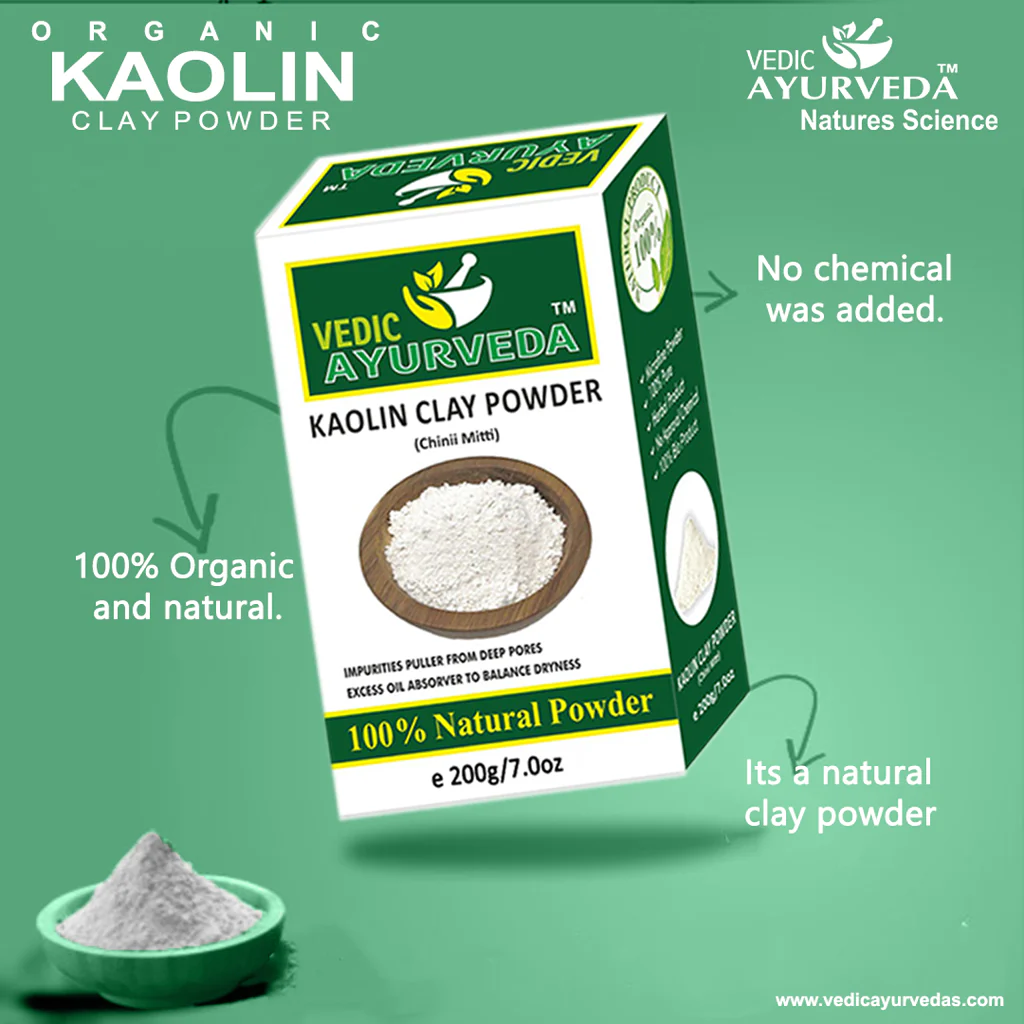
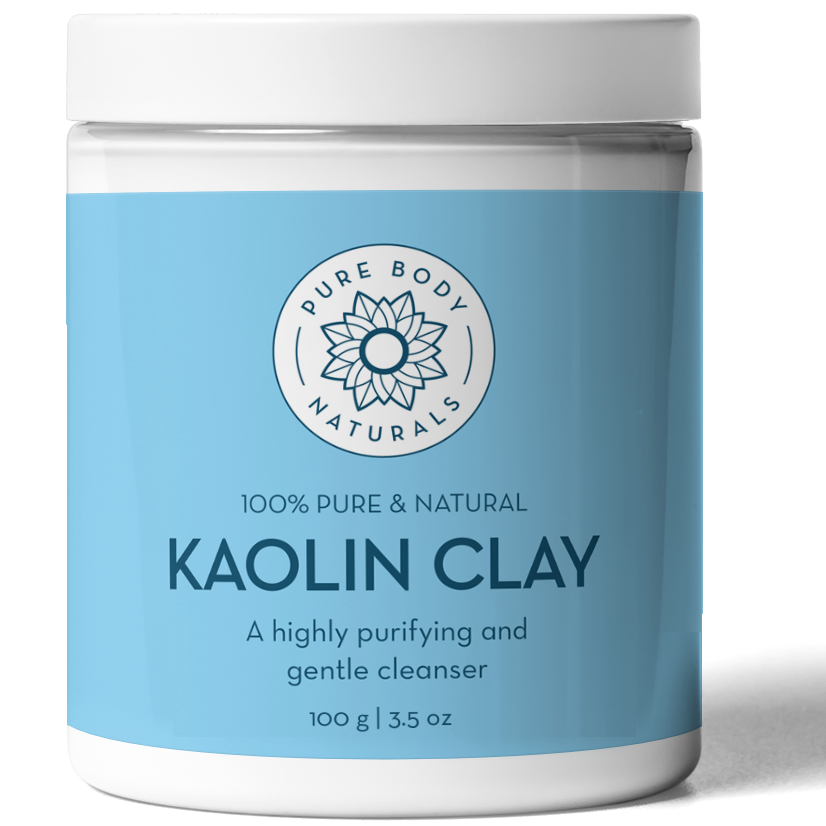
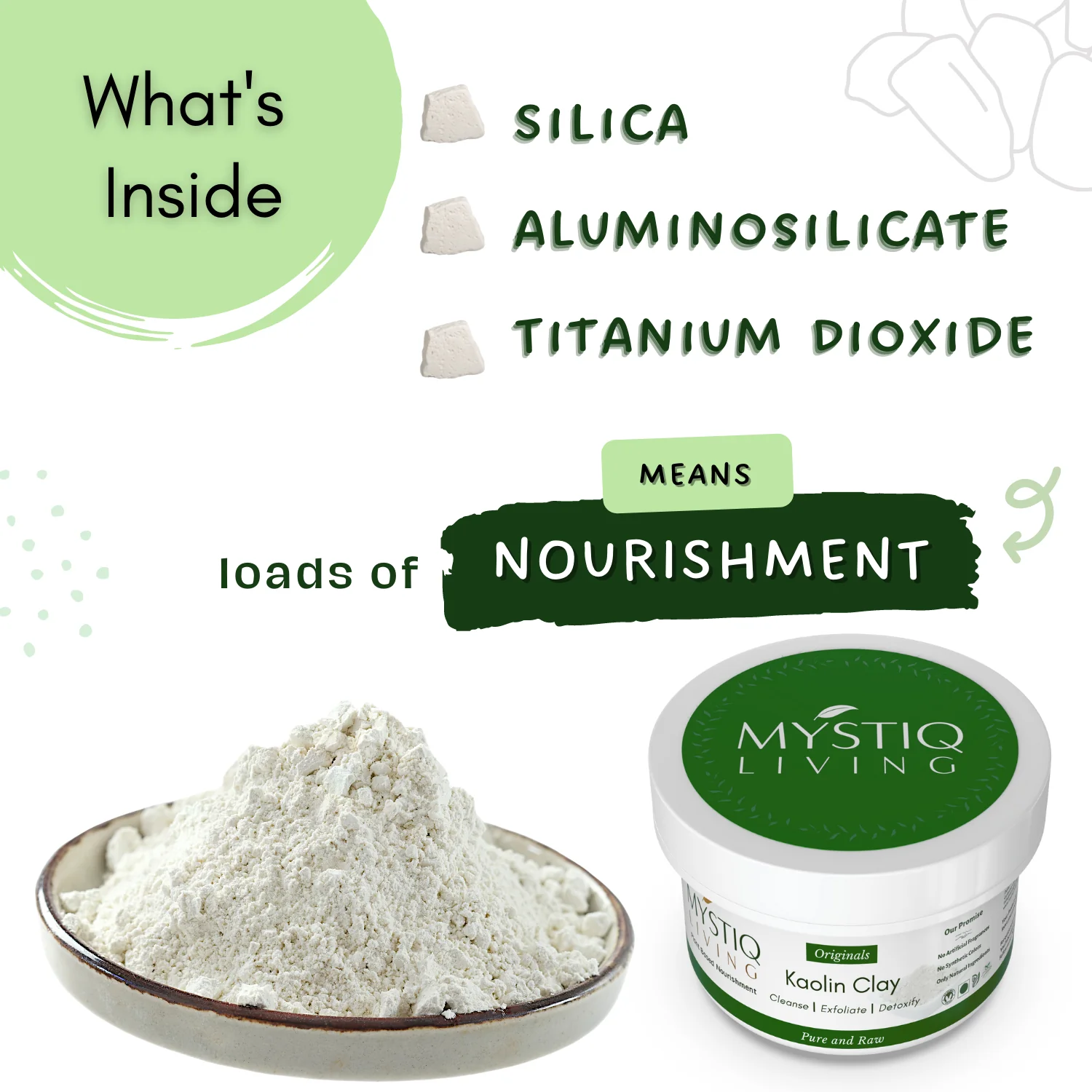
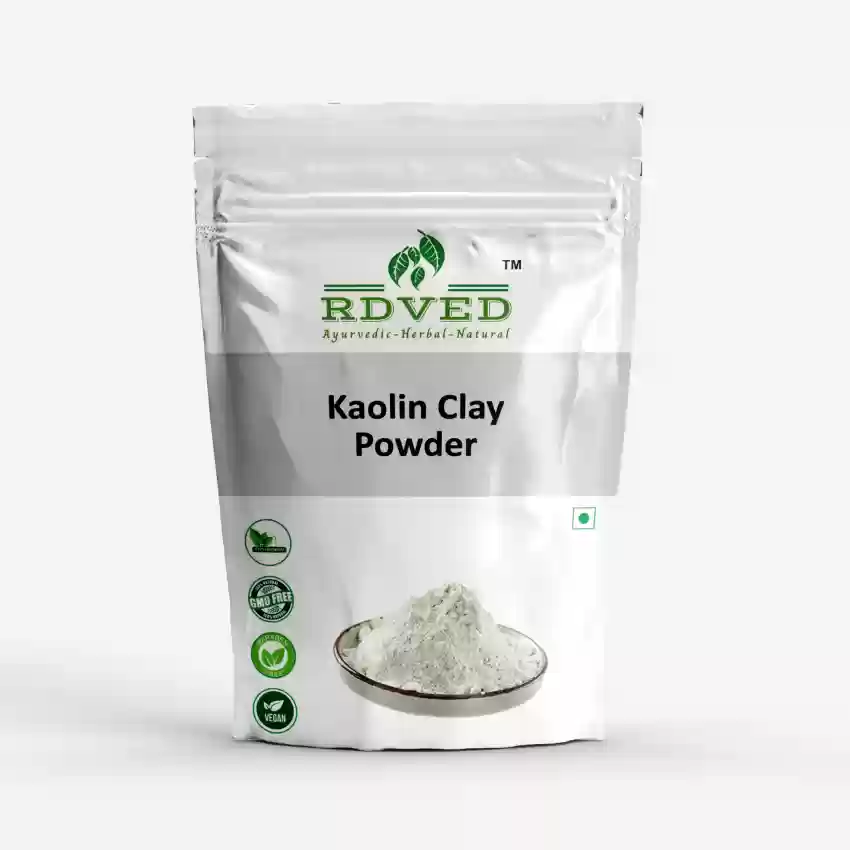
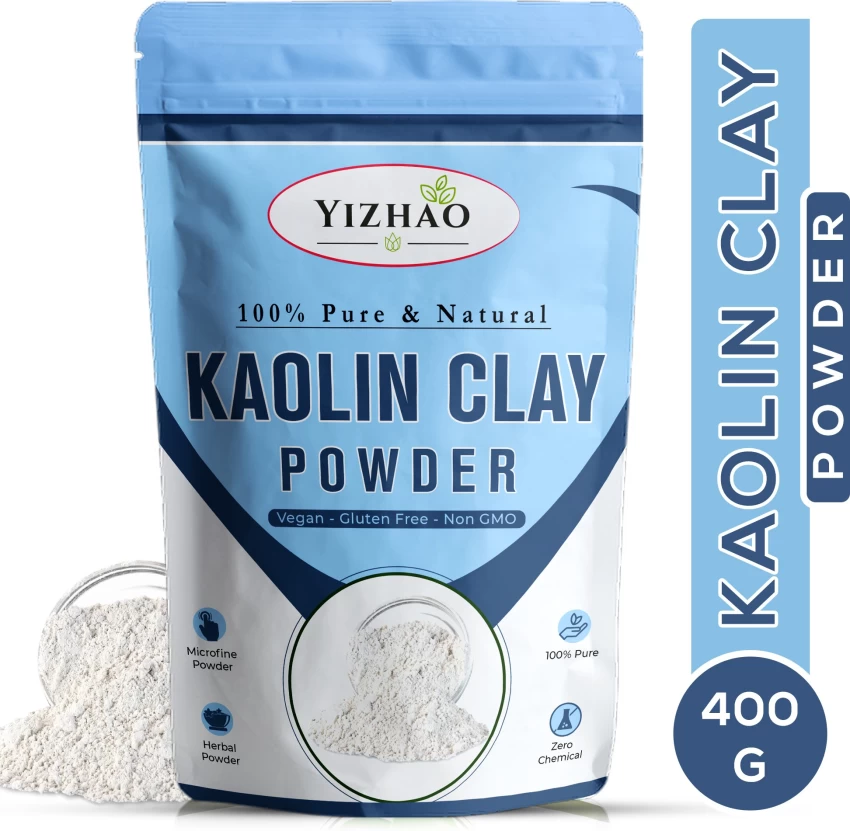


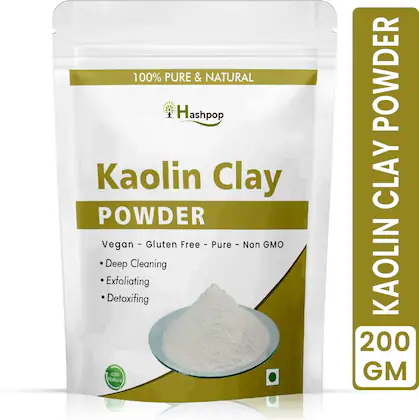
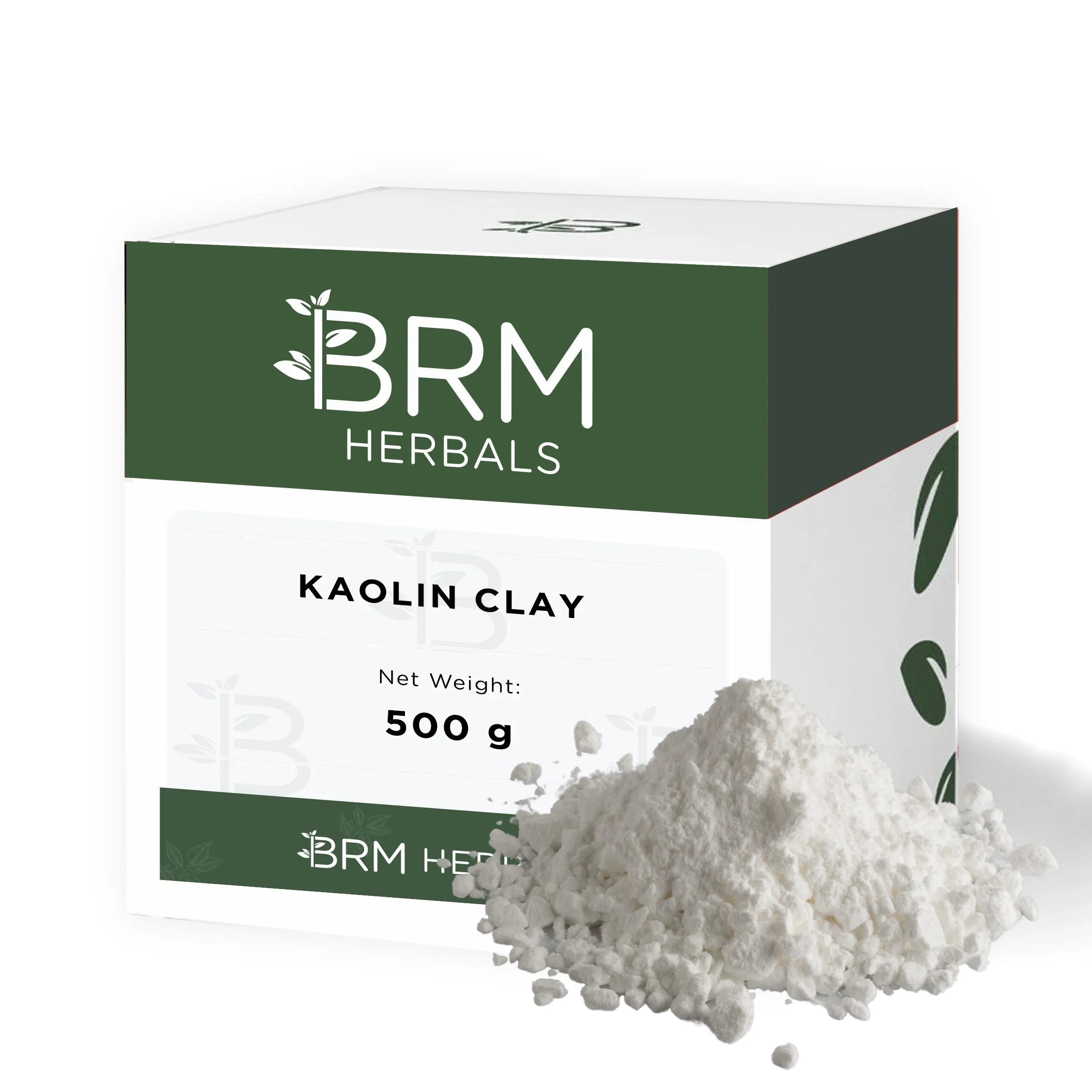
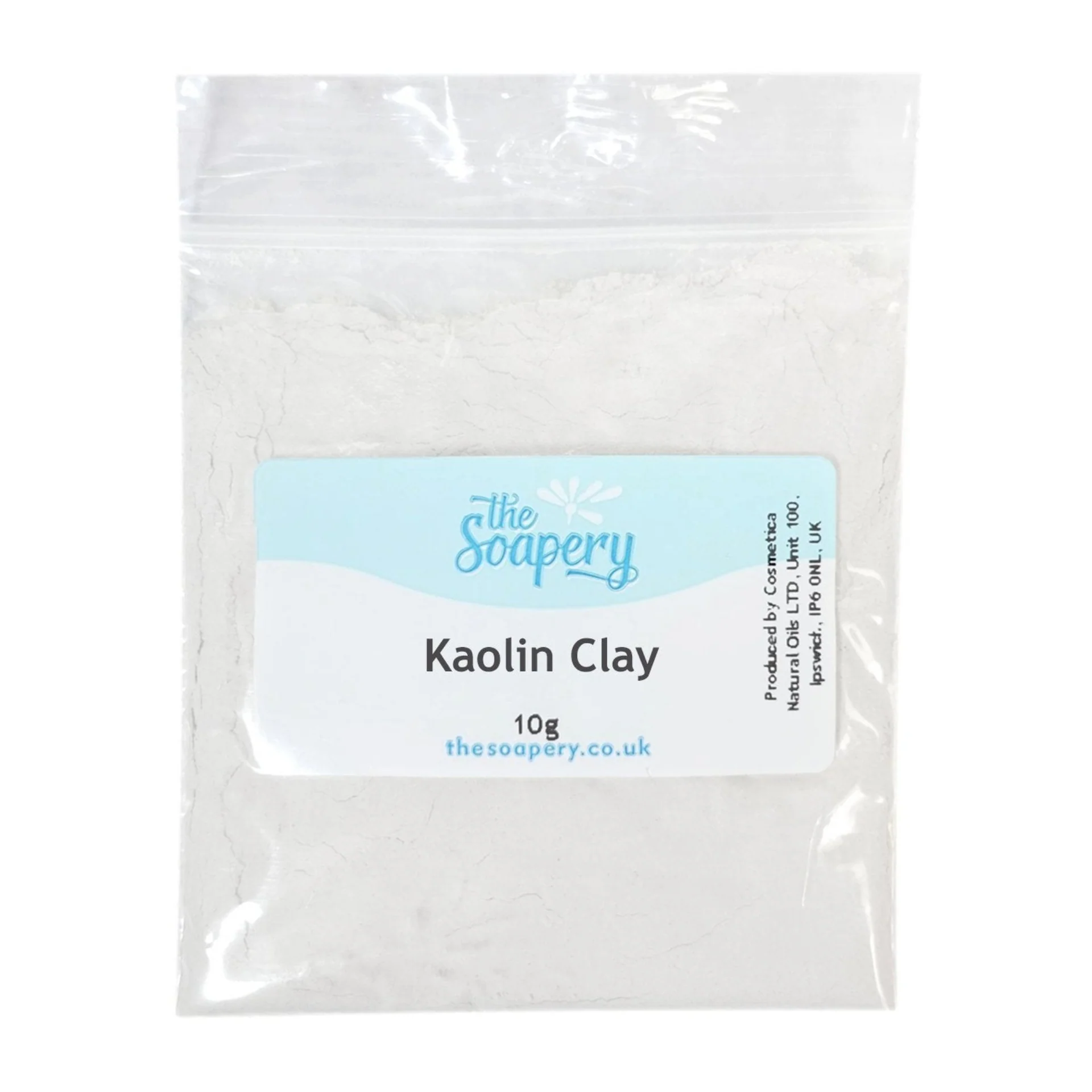
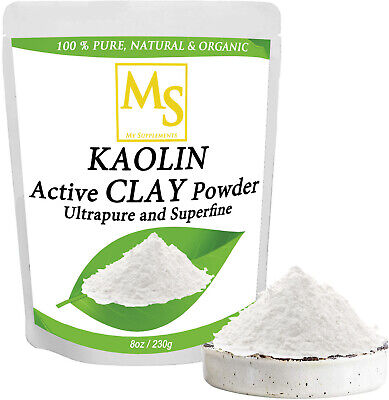




Reviews
There are no reviews yet.